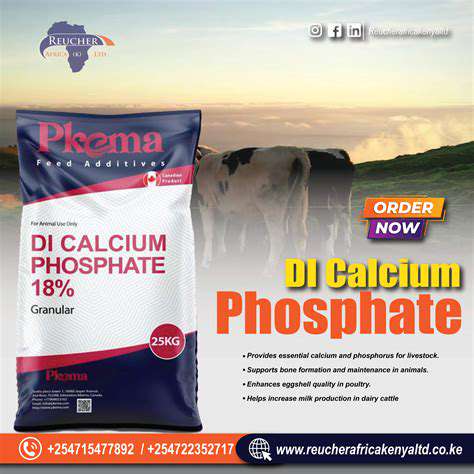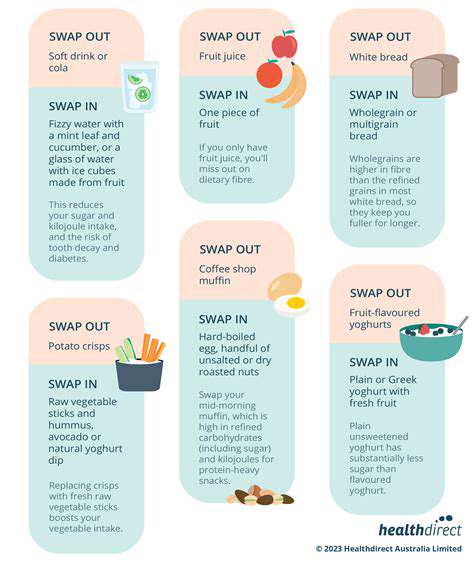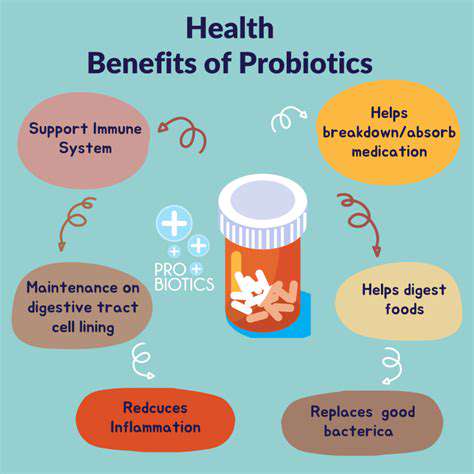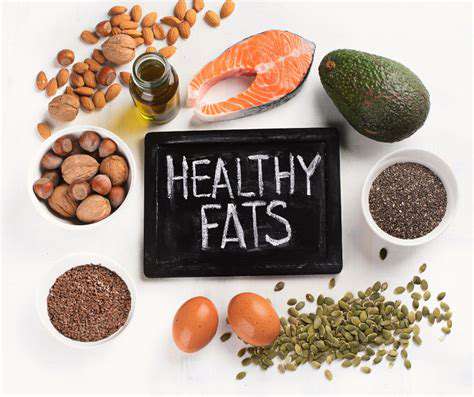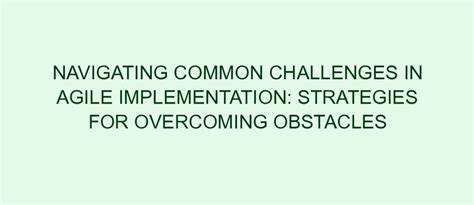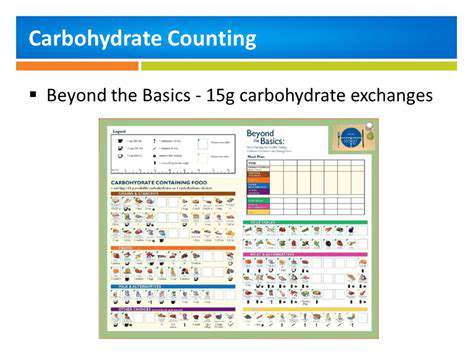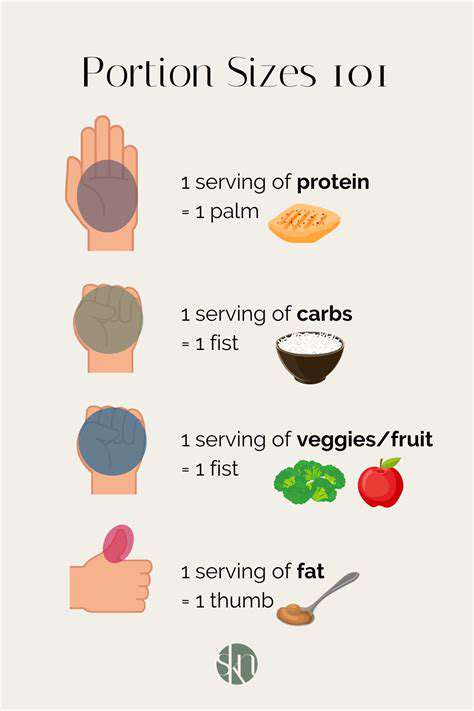Guide to a Paleo Diet: What You Can Eat
Potential Benefits and Drawbacks of the Paleo Diet
Potential Benefits
The Paleo diet, often touted for its purported health benefits, emphasizes whole, unprocessed foods like fruits, vegetables, lean meats, and fish. This focus on natural, nutrient-rich foods can lead to improved nutrient intake, potentially boosting energy levels and supporting overall well-being. Many proponents suggest that the elimination of processed foods and refined sugars can lead to better blood sugar control and a reduction in inflammation, contributing to improved cardiovascular health and reduced risk of chronic diseases like type 2 diabetes and certain cancers. Proponents also often highlight the potential for weight loss due to the emphasis on whole foods and reduced caloric intake from processed foods.
Furthermore, the Paleo diet's emphasis on lean protein and complex carbohydrates can contribute to increased satiety, potentially reducing cravings and promoting a more sustainable approach to weight management. This can be particularly beneficial for individuals seeking to maintain a healthy weight or those who struggle with overeating. The increased fiber content in many Paleo-friendly foods can also contribute to improved digestive health and regular bowel movements.
Potential Drawbacks
Despite the potential benefits, the Paleo diet has several potential drawbacks. One significant concern is the potential for nutrient deficiencies. The strict exclusion of certain food groups, like grains, legumes, and dairy, may lead to a lack of essential vitamins and minerals, particularly if not carefully planned and supplemented. This is a crucial consideration, as a poorly planned Paleo diet can lead to deficiencies in iron, calcium, and B vitamins, which are crucial for various bodily functions.
Another major drawback is the potential for social and logistical challenges. The diet often requires significant changes to existing eating habits and social customs, such as adjusting meal plans for gatherings and restaurants. This can be particularly difficult for individuals who enjoy a diverse range of foods or who are accustomed to convenient, processed foods. Additionally, the need to carefully source and prepare ingredients can be time-consuming and add to the burden of meal planning and preparation.
Sustainability and Long-Term Adherence
Long-term adherence to the Paleo diet can be challenging for many individuals. The strict restrictions on certain food groups can lead to feelings of deprivation and potentially result in unsustainable dietary patterns. The lack of variety in food choices can also make the diet monotonous and difficult to maintain consistently over extended periods. The social and logistical challenges associated with the diet, such as adapting to restaurant meals and social gatherings, can further contribute to the difficulty of long-term adherence.
Finding sustainable alternatives and modifications to the Paleo diet may be necessary for long-term adherence. The long-term effects of a restrictive diet need to be carefully considered, with a focus on the potential for nutrient deficiencies and the impact on overall health and well-being. It's crucial to work with a healthcare professional or registered dietitian to create a personalized plan that meets individual nutritional needs and considers potential risks associated with long-term dietary restrictions.
Potential Health Risks
While some studies suggest potential health benefits, there's limited long-term research on the Paleo diet and its impact on overall health. The exclusion of entire food groups, such as grains and legumes, may lead to a deficiency in essential nutrients, potentially impacting bone health, immune function, and overall well-being. Furthermore, the restrictive nature of the diet can lead to feelings of deprivation and potentially trigger eating disorders in susceptible individuals. Careful consideration of individual nutritional needs and potential risks should be undertaken before adopting the Paleo diet or any restrictive dietary approach.
The Paleo diet's emphasis on animal products may also pose potential risks. Overconsumption of red meat, for instance, may elevate the risk of certain health problems. It's essential to maintain a balanced approach to protein intake and prioritize lean protein sources while adhering to the Paleo principles. Consulting with a healthcare professional is vital to assess individual needs and potential risks before embarking on any significant dietary changes.
Tips for Following the Paleo Diet Successfully
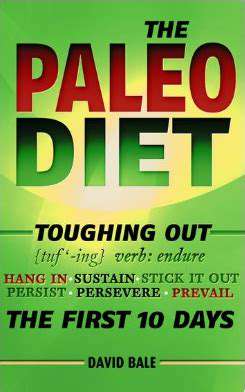
Understanding the Paleo Diet
The Paleo diet, often touted as a way to improve health and well-being, emphasizes whole, unprocessed foods. It's based on the idea that we should eat like our hunter-gatherer ancestors. This involves focusing on foods like fruits, vegetables, lean meats, and fish, while avoiding grains, legumes, dairy, and processed foods.
Understanding the principles behind the diet is crucial for successful adherence. This includes recognizing that the Paleo diet isn't a quick fix but a lifestyle change that requires dedication and adjustment to your existing eating habits. It's important to approach the diet with a well-informed perspective.
Planning Your Meals
A crucial aspect of following the Paleo diet is meal planning. This involves creating a structured approach to ensure that you consistently consume the necessary nutrients while adhering to the diet's guidelines. Careful meal planning can help you avoid impulsive food choices that might lead to deviations from the diet.
Planning your meals ahead of time can significantly reduce the likelihood of making unhealthy choices. This preemptive strategy will allow you to maintain your consistency and achieve the desired results.
Prioritizing Protein
Lean protein sources are a cornerstone of the Paleo diet. They provide essential amino acids for muscle repair and growth, keeping you feeling full and satisfied between meals. Incorporating a variety of lean proteins, such as chicken, fish, beef, and eggs, is a key component.
Incorporating Healthy Fats
The Paleo diet emphasizes healthy fats, such as avocados, nuts, and seeds. These fats are essential for various bodily functions, including hormone production and nutrient absorption. Adding these fats to your meals can help you feel more satisfied and energized throughout the day.
Including healthy fats in your diet is important for overall health. They contribute to nutrient absorption and energy levels.
Managing Portion Sizes
Portion control is a vital aspect of any diet, and the Paleo diet is no exception. Paying attention to portion sizes helps regulate calorie intake, promoting weight management and overall health. Careful monitoring can prevent overconsumption and maintain healthy weight goals.
Staying Hydrated
Staying well-hydrated is crucial for overall health and well-being, regardless of the diet you're following. Sufficient water intake is essential for various bodily functions and can aid in digestion and nutrient absorption. Carrying a water bottle and remembering to drink water throughout the day is important.
Staying hydrated is essential for maintaining optimal health. It plays a critical role in digestion and energy levels.
Finding Support and Resources
Following any significant dietary change can be challenging. Finding support from friends, family, or online communities can make a huge difference. Sharing your experiences and challenges with others can provide encouragement and motivation to stay on track. Utilizing credible online resources and books can provide valuable insights and recipes.
Seeking support and utilizing available resources can significantly enhance the success of your Paleo diet journey. This can be instrumental in overcoming obstacles and staying committed to your goals.
Read more about Guide to a Paleo Diet: What You Can Eat
Hot Recommendations
-
*Guide to Managing Gout Through Diet
-
*Best Habits for Financial Well being
-
*How to Build a Routine for Better Mental Health
-
*How to Eat Healthy on a Budget [Tips & Meal Ideas]
-
*Guide to Practicing Self Acceptance
-
*How to Incorporate More Movement Into Your Day
-
*Guide to Managing Chronic Pain Naturally
-
*Guide to Building a Reading Habit for Well being
-
*Top 5 Weight Loss Supplements That Actually Work
-
*Best Exercises for Postpartum Recovery [Beyond Abdominal Work]

